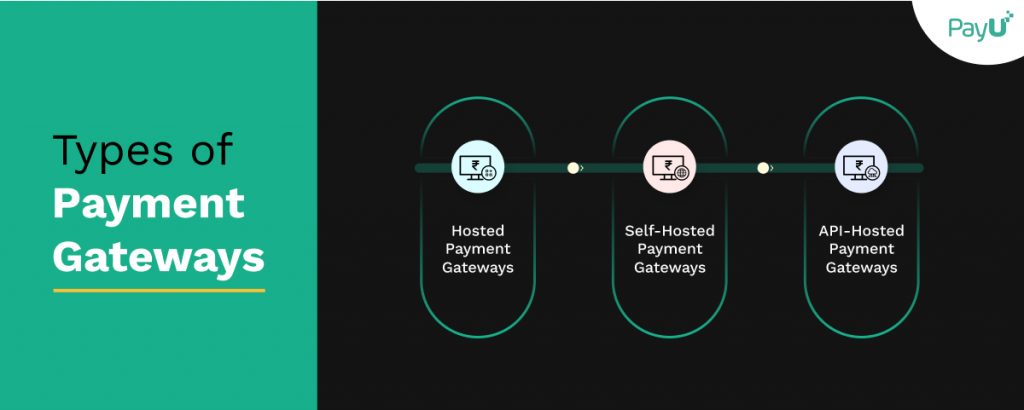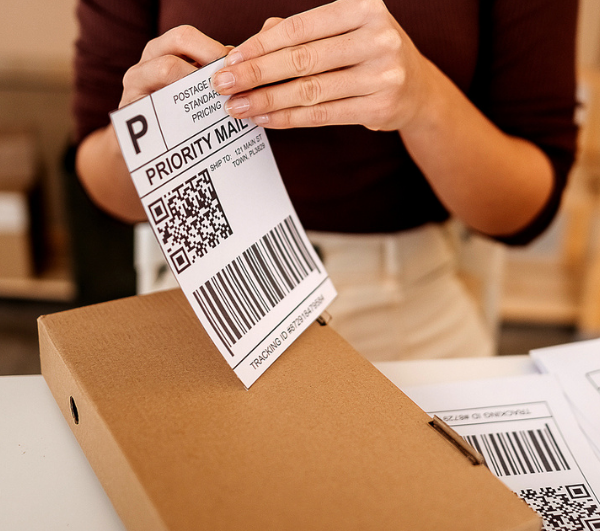As cashless payments surge and shopping portals increase, a secure payment portal was needed to protect customers’ bank details. Hence, the introduction of payment gateways.
A payment gateway is a digital payment service that is used as a channel to make and receive payments. This technology is the simplest way to collect payments digitally. The utility of a payment gateway ranges from sending and collecting payments to a bank or an e-commerce site. Thus, using this electronic equivalent of a physical or credit card reader makes it easy for businesses to process payments easily.
Here’s what we’ll be finding out about payment gateways.
| 1. | What is Payment Gateway? |
| 2. | Payment Gateways vs Payment Processors: What’s the difference? |
| 3. | Three Types of Payment Gateways |
| 4. | Considerations for Choosing a Secure Payment Gateway |
What is Payment Gateway?
A payment gateway is a transaction medium between a merchant and a consumer. It may be on an offline outlet or online website or through a payment service like UPI, NEFT, RTGS. There are four parties that involve in the payment gateway process: the customer, the merchant, the issuing bank, and the receiving payment or acquiring bank. It is an easy and simple process.
The customers transfer their personal and financial information between the merchant and customer by swiping their credit or debit card or processing their bank account information. Security layers encrypt this exchange and prevent sensitive information from falling into the wrong hands. It determines the number of funds in the customer account used for the purchase and, accordingly, notifies the approval or decline of the transaction.
Payment Gateways vs Payment Processors: What’s the difference?
We have explained above how the whole payment process works. Hence, it requires two basic components: payment gateways and payment processors to be successful and secure. Following are some differences between the two:
- The payment gateway receives the customer’s information and forwards it to the payment processor for verification through the card system. Payment processors relay the data and verify that the card details are valid and secure.
- Payment gateways inform customers and merchants of approvals and declines of transactions. Through data transmission between issuing and receiving banks, payment processors communicate the response to the payment gateway.
- When transferring data to the payment processor, the payment gateway needs to encrypt and certify it as an ISO 8583-compliant platform. Thus, payment processors have higher development costs and longer development times than payment gateways. Payment gateways need a simple SSL encryption.
- Payment gateway is more economical regarding certification and development costs, making it more suitable for startups and small businesses.
Three Types of Payment Gateways
With the advancement of technology, many businesses have moved from direct bank transfers to a more convenient, secure, and credible way of accepting payments using a payment gateway. Here are some of the most common types of payment gateway:

Hosted payment gateways
Using this payment gateway, when a customer clicks the ‘buy’ button on the merchant website, the system redirects the customer to the payment service provider’s website. Now, the customer needs to enter the relevant card or bank information. Upon confirmation, the customer then gets back to the merchant’s website to receive their order confirmation message. As a way of ensuring customer confidence, merchants can include their logo on the payment page.
Self-hosted payment gateways
This type of payment gateway, also known as pro-hosted payment gateways, involves the client providing card or bank details on the merchant’s website. Customers may need to submit information in a specific format. Upon submission, the data is then transmitted to the payment gateway’s URL. As it is on the merchant’s website, it makes the customer experience better.
API hosted payment gateways
The customer inputs their credit card or bank details on the merchant’s website in this payment gateway. Instead of directing to the URL page, the payments are made via HTTPS queries or APIs. The merchants have complete control over the whole purchase process. However, to provide this facility, merchants must possess SSL certification and DSS compliance.
Considerations for Choosing a Secure Payment Gateway
A reliable payment provider is critical for merchants to provide a smooth customer experience and increase traffic to their offline or online portals. Today customers can easily download the payment service providers’ app on their phones. One such example is the Bharat QR code in the android app.
Here are some things to consider when choosing a payment gateway:
- Businesses must consider how many payment methods and currencies they wish to include in their payment process. The more payment options available, the more comfortable and satisfied their customers will be.
- To provide good customer service, the speed of the entire sale process is essential. This includes the transfer of funds from the customer’s account to the merchant’s account.
- Another aspect to consider is the transaction fees and service costs. Fees depend on the volume of transactions, frequency of transactions, and many other factors.
- Merchant accounts are a must for some payment gateways. In comparison to other options, they charge lower transaction fees. Also, they are considerably more safe and secure, especially for large volume businesses.
- Payment gateways must be 3D secure and compliant with PCI data security standards-the highest level of security.
Conclusion
After reading the above article, you should have a fair idea of what a payment gateway is. Analyze your business needs and then choose the right payment gateway. Today, payment gateways like PayU come with a variety of web and mobile applications. It is a complete payment gateway solution with low processing fees, low commissions, and enhanced security. Build your automated payment process with PayU.




